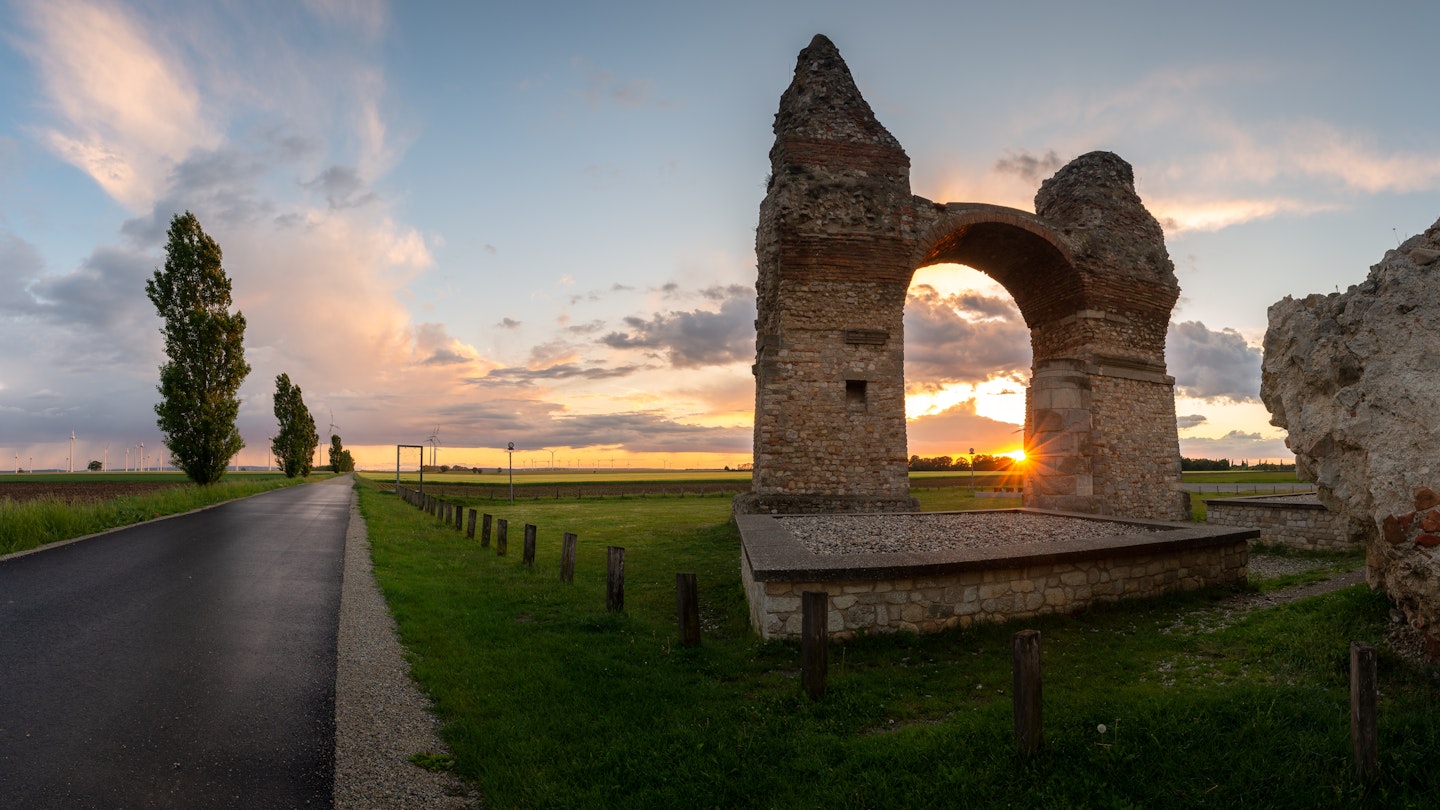These impressive limes don’t grow on trees.
A string of fortified settlements once traced the westernmost extent of the ancient Roman Empire, stretching across much of Central and into Eastern Europe. Now known as the Danube Limes, a group of them was named to the Unesco World Heritage list in 2021.
But what exactly are they? And how can you visit these little-known yet fascinating sites today?
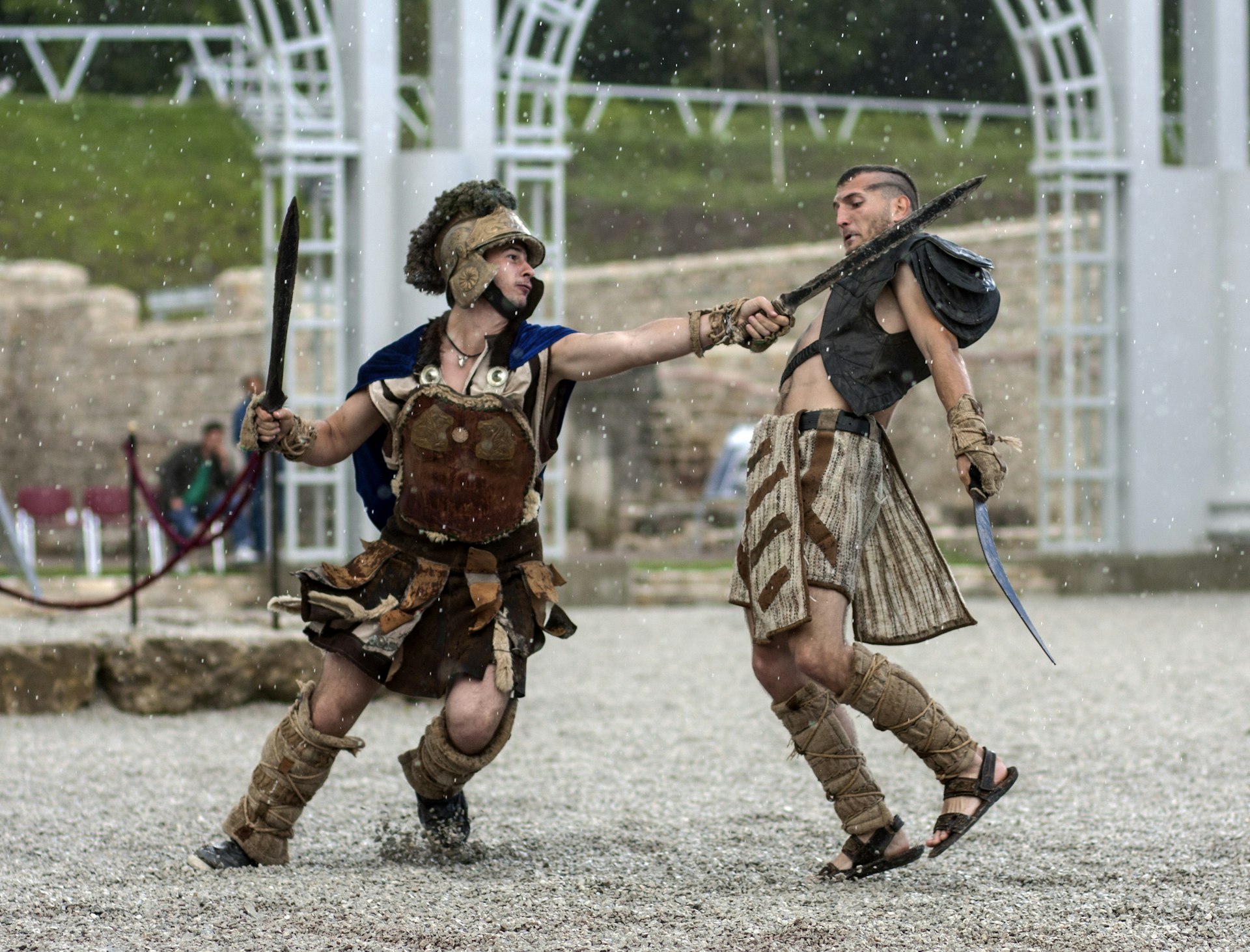
What are the Danube Limes?
The ruins of the Roman Empire’s militarized frontier towns – called limes in Latin – span eight European countries along the mighty Danube River: Germany, Austria, Slovakia, Hungary, Croatia, Serbia, Bulgaria and Romania. Comprising sites in Austria, Germany and Slovakia, the western segment of the Danube Limes was named a Unesco World Heritage site in 2021, attesting to the historical significance of what the organization describes as “key elements from roads, legionary fortresses and their associated settlements to small forts and temporary camps.”
For ancient-history buffs, a tour of these sites offers a unique journey into the vast cultural, architectural and military achievements of the Roman Empire – not to mention an excellent excuse to travel through some of Europe’s most beautiful cities and countryside.
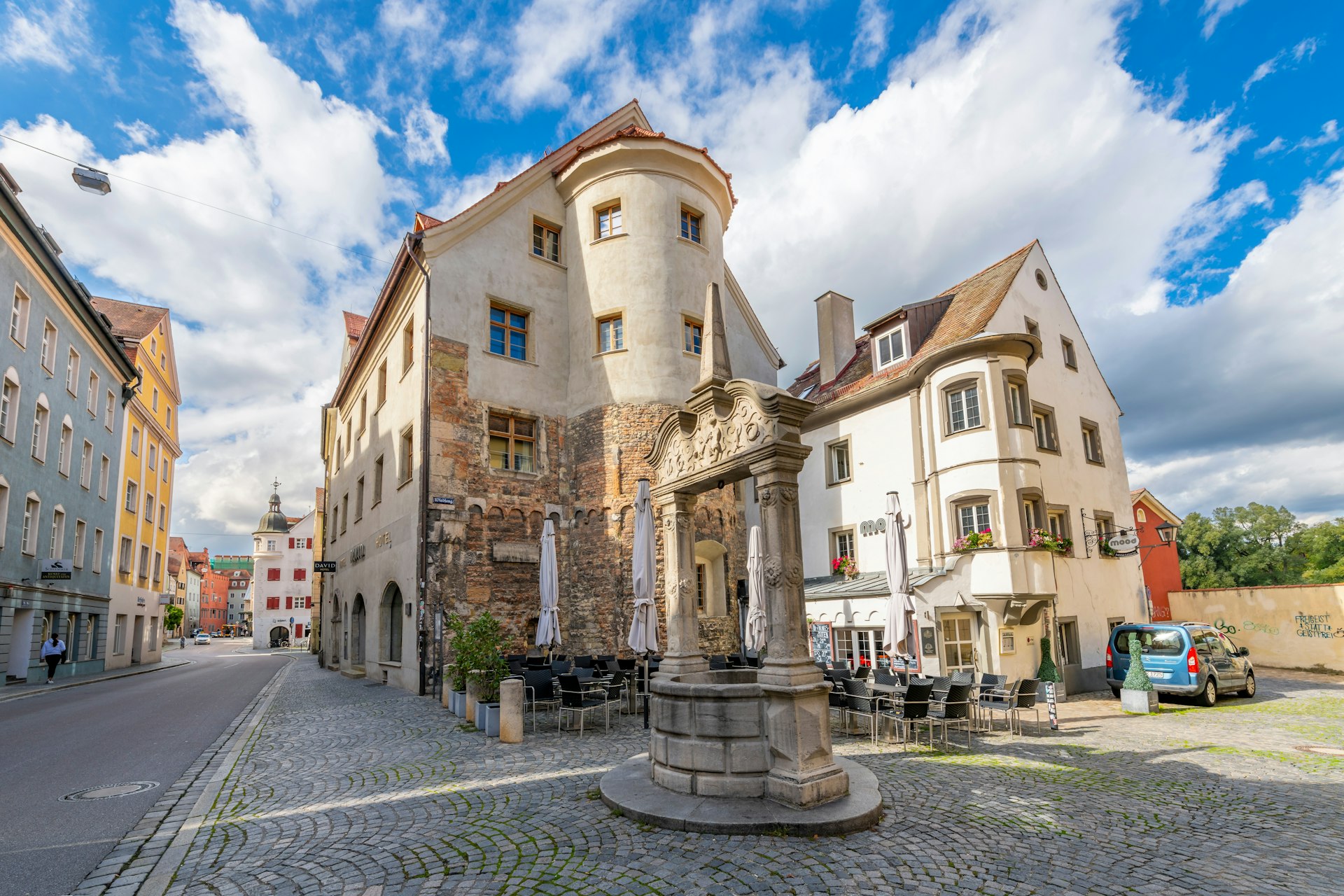
Where can you visit the Danube Limes?
If your attention is piqued, here’s how to work the Danube Limes into your next European itinerary.
Regensburg, Bavaria
Porta Praetoria in Regensburg, Bavaria features an arched gateway built in 179 CE by Emperor Marcus Aurelius. It served as an entrance to the Castra Regina, a military station facing the confluences of the Regen, Naab and Danube Rivers.
Lower Austria
Located halfway between Vienna and Bratislava in Lower Austria are the remains of Carnuntum, the former capital of Upper Pannonia province. The ruins date to 50 CE, and once covered an area of 10km that was home to around 50,000 people. Sites to see at the Carnuntum Archaeological Park include the Roman city quarter, two amphitheaters, the School of Gladiators, a monument called Heidentor (or “Heathens Gate”), thermal baths and a museum housing a wide variety of artifacts attesting to the “luxurious life in ancient Carnuntum.”
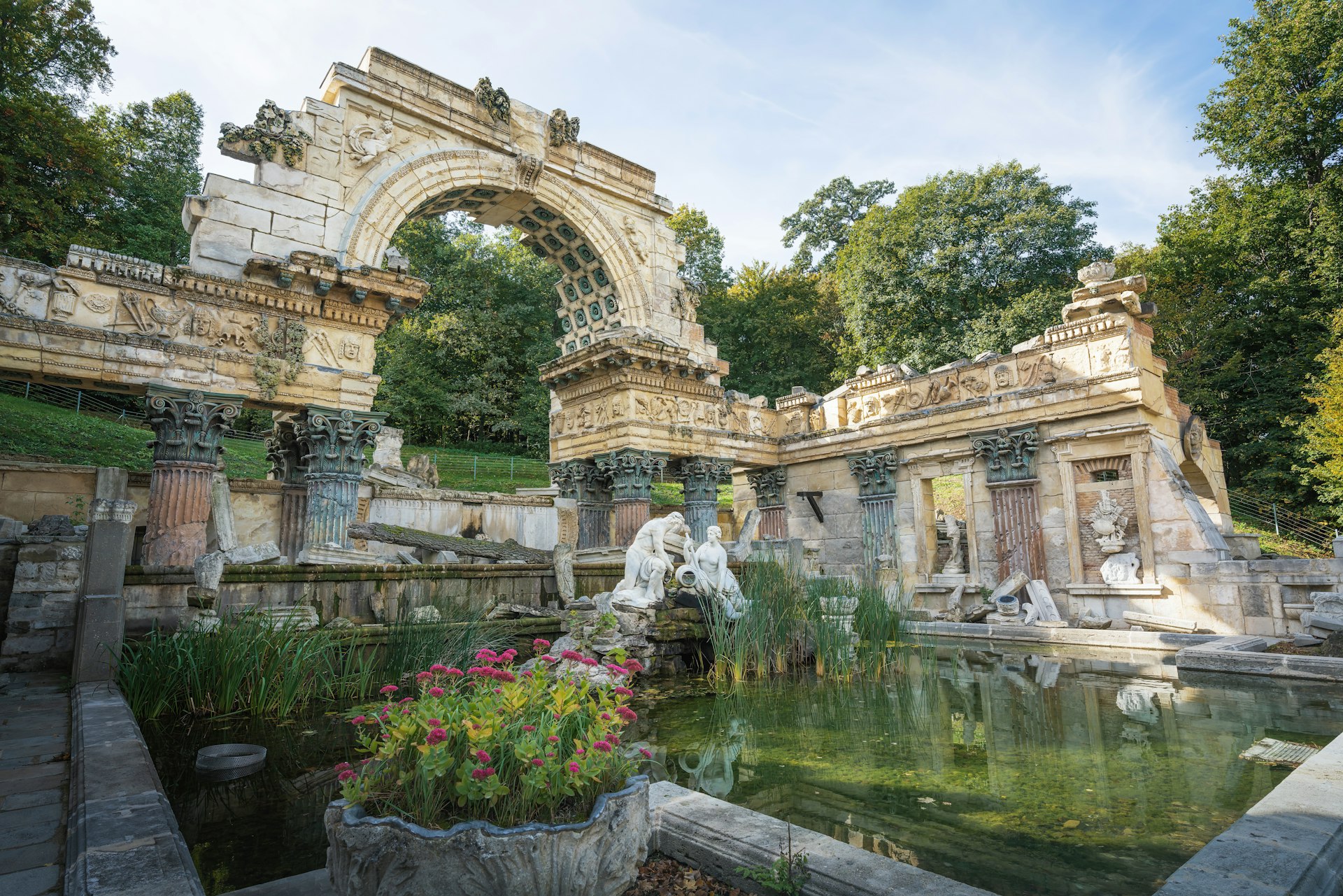
Vienna, Austria
Vienna’s Römer Museum showcases the ruins of Vindobona, the massive Roman military camp, first established in 97 CE, that would eventually become the city of Vienna. Today, you can see the remains of Roman walls, ruins of houses, plus hundreds of objects including toys, pottery, statues and even a plaque from the emperor granting municipal rights. Other Roman ruins can be seen on a walking tour around Vienna, including stones that were once part of Roman baths and, at Michaelerplatz Square, remnants of ancient dwellings. Other Roman antiquities are on display at the peerless Kunsthistorisches Museum.
Enns, Austria
The Roman legionary camp of Lauriacum in Noricum province was built at the end of the second century CE. The museum dedicated to the site, in modern-day Enns, is home to over 1200 archaeological artifacts, plus reconstructions and media stations.
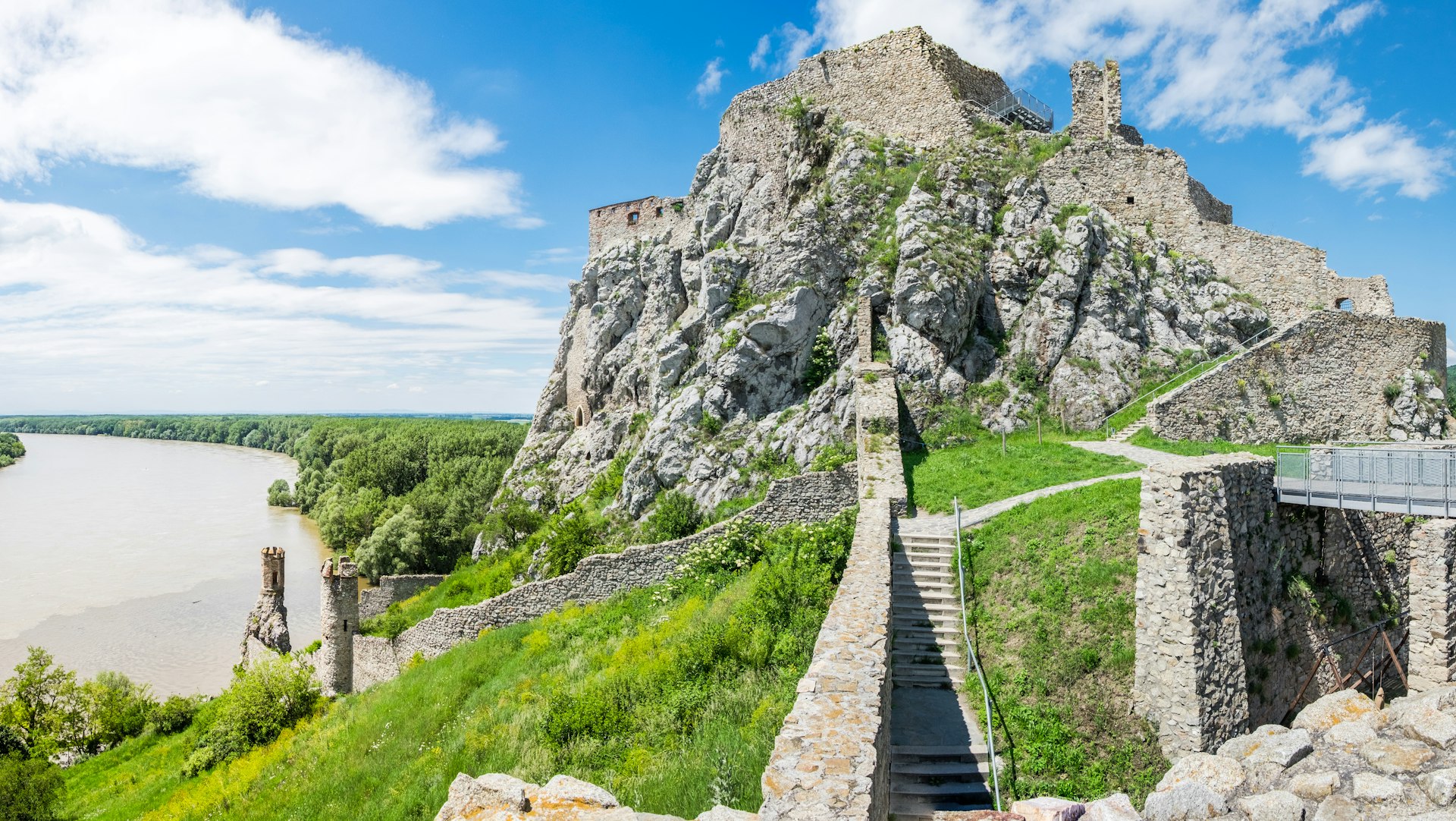
Bratislava, Slovakia
The Gerulata military encampment, built in the second century CE, was part of Pannonia province – and abandoned when the Romans withdrew around 400 CE. Ruins, including the walls of a building, are showcased at the Bratislava City Museum.
Iza, Slovakia
The site of the watchtower and settlement at Celemantia (or Kelemantia) is the largest collection of Limes ruins in Slovakia. It was constructed in the first century CE, before being burned by Germanic tribes and later rebuilt. A local legend holds that a Roman soldier housed his mistress in the tower – the purported origin of the lovely first name Leányvár, which means “girl castle” in Hungarian.

Silistra, Bulgaria
The ruins of the imperial outpost of Durostorum, founded in 106 CE by Emperor Trajan, are located in Silistra, in the northeast of Bulgaria. Although modern construction has obscured some archaeological findings, detailed ruins remain of a painted tomb from the fourth or fifth century, and the city garden is home to the ruins of a Roman basilica. A nearby archeological museum showcases objects retrieved from the site.

